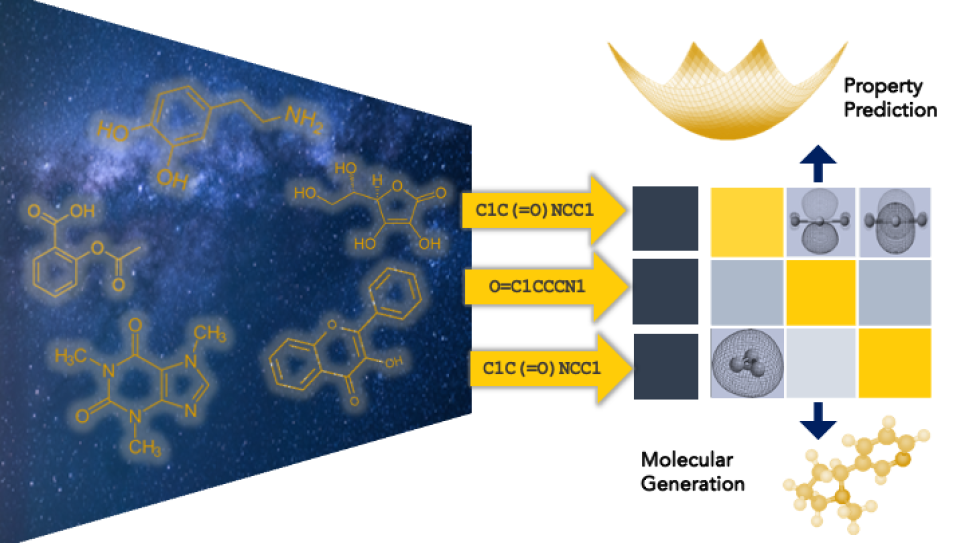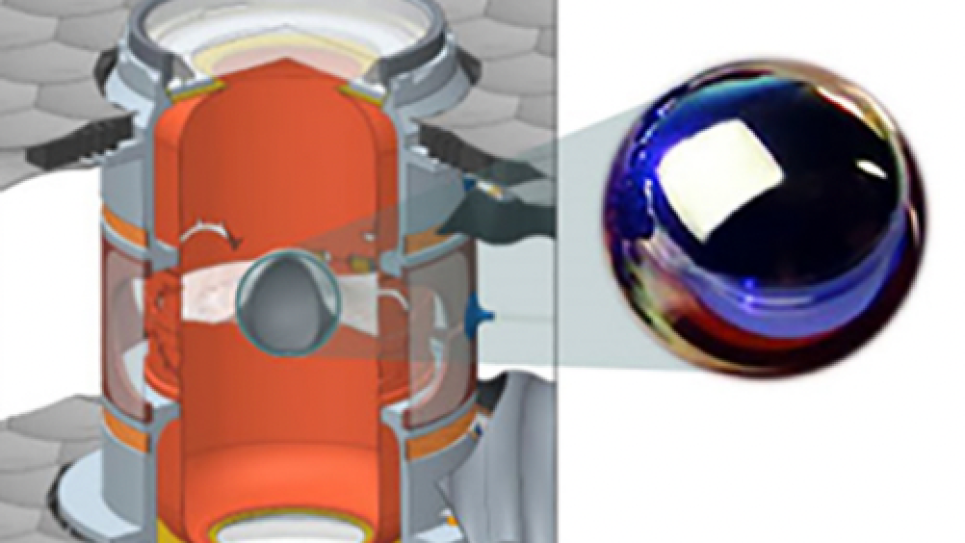The design and discovery of new materials are crucial to our energy future. Massively parallel quantum chemical calculations will play a crucial role in the design of breakthrough materials to help make the advances needed. In this proposal, we detail how we will utilize an allocation of time on the ANL Blue Gene/P facility to provide the fundamental understanding and predictions needed to understand and design new materials for electrical energy storage. We will use new electronic structure codes that are becoming available for running on massively parallel computer clusters in combination with new concepts in materials design and synergies with world-leading experimental groups in battery research.
We propose to use massively parallel computing to model the physical/chemical complexities of electrolyte reactions and growth of interfaces in lithium-ion and other types of batteries from first- principles calculations that has not been possible before and to use this information to help develop new materials that can extend the lifetime and safety of batteries. There has been much progress in the development of electronic structure codes capable of running in parallel on tens of thousands of computational cores. Among these are the GPAW code, which is a grid-based density functional theory code pioneered by Jens Nørskov’s group in Denmark, who have teamed up with Argonne researchers in the Center for Nanoscale Materials (CNM) and Argonne Leadership Computing Facility (ALCF) to adapt these codes for use on the Blue Gene/P. The ALCC allocation requested in this proposal will be focused on several aspects of materials development of lithium ion batteries. The first is modeling of the growth and properties of the solid-electrolyte interphase (SEI) from electrolyte additives and the second is on new coating materials for the anode itself. This will have practical applications such as safer lithium ion batteries for electric vehicles and new battery technologies for longer range electric vehicles.


